Christian Sahlén

Cut Purse
Concept: “CUT PURSE is a zine by Stockholm Kartell made for the 2024 convention season. It includes stuff for all our games; MÖRK BORG, CY_BORG, DEATH IN SPACE, SKR and some system-agnostic material (as well as an adventure for the Japanese third-party MB hack Nobunaga's Black Castle). But there are also things like album reviews and poetry.”
Content: Several tables (“Where do you hang out?,” “Returning home to your apartment after that one heist,” and a set of news headlines) as well as “Brainbox Scramble,” a combat-oriented “sudden scenario” taking place in a shopping mall.
Writing: Intensely thematic details packed into just a few pages (within the overall zine).
Art/Design: Mostly black-on-white two-column layout with some pink highlighted text, although an initial page for the scenario is white-on-black. An accompanying map provides labels for each storefront in its own distinct font (some with logos) to help sell the atmosphere of the place.
Usability: Fonts are visually readable, layouts follow an easily recognizable organization of content (with different sections and kinds of information formatted consistently), and necessary details are all included–all of which makes for an easier time using each table or running the scenario.
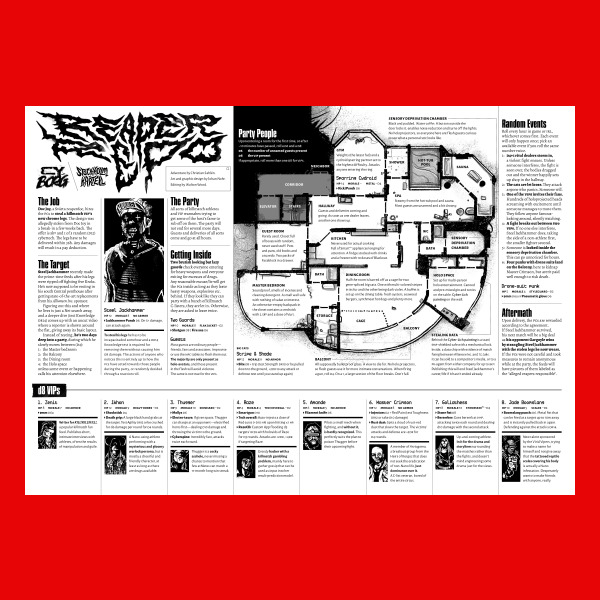
Reaper Repo
Concept: “The job is simple; infiltrate a penthouse party full of chromed out Killmatch champions, find the man of the hour—Steel Jackhammer—and steal his cyber legs. They're still attached to him, sure. You'll figure it out.”
Content: A high-risk, high-entertainment heist that demands ingenuity from players and a complete disregard for self-preservation from their PCs..
Writing: Tons of details and atmosphere are crammed into a two-page spread on which NPC and location details, random events, and GM-specific notes all offer each gaming group a memorable experience.
Art/Design: A map of the party location is a major focal point, with text provided all around (and laid over) the map in a number of columns. NPC stats and details are complemented by a portrait of each figure.
Usability: File is pretty printer-friendly, and text throughout contrasts well with background. Headings and labels are visually distinct thanks to font choices, text size, and bolding.
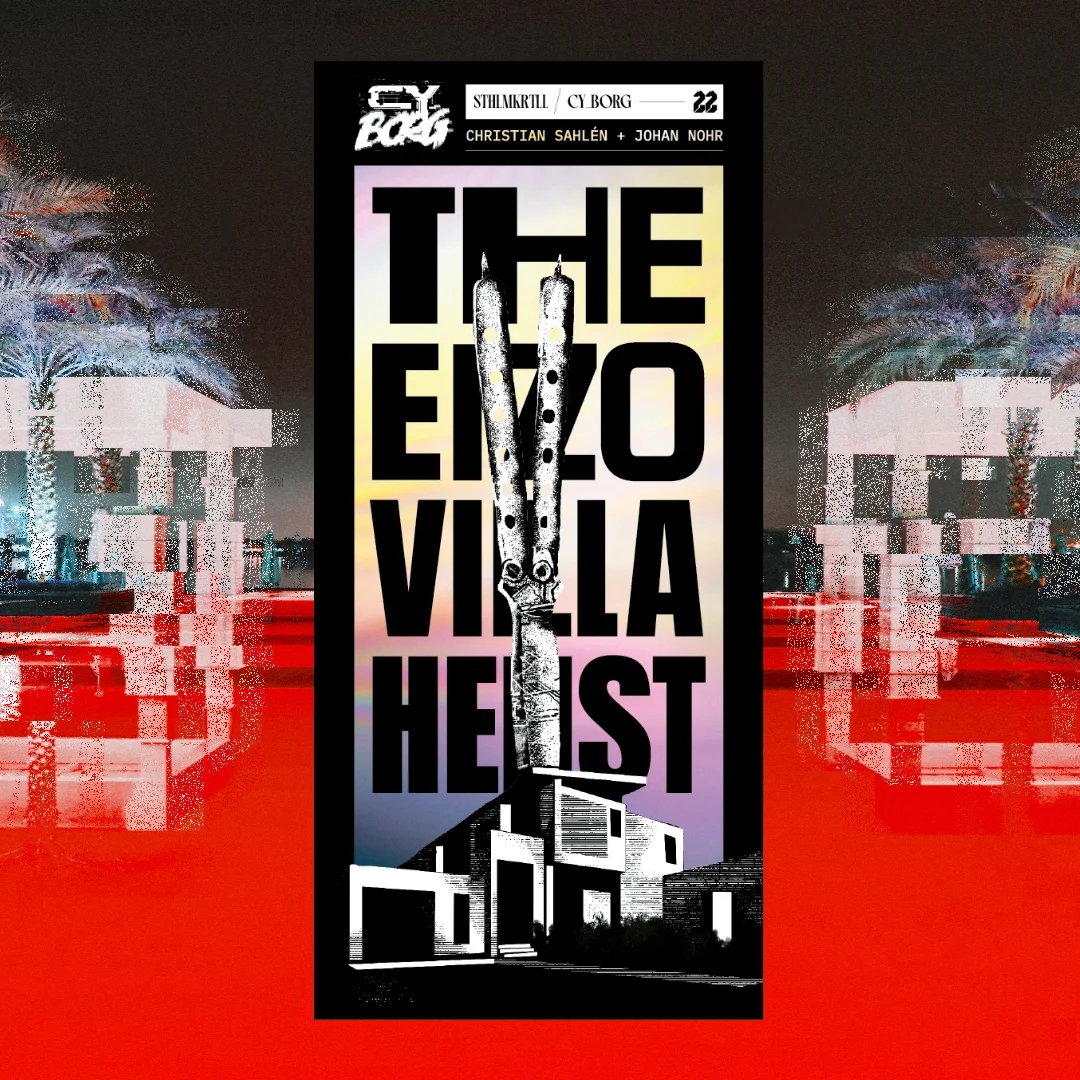
The Eizo Villa Heist
Concept: “I don’t care how you do it. Go to the villa. Get the box. Don’t open it.”
Content: A job to retrieve an armored storage box from a crew of punks for a cult.
Writing: Print medium constraints result in succinct, focused details to guide a GM through the essentials of the mission while making each NPC and complication possibility feel exciting.
Art/Design: Trifold pamphlet opens to show map and initial mission info inside, while NPCs and complications appear on the outside folds/sections.
Usability: Available only in print form. Pamphlet layout is easy to navigate, with consistent headings/labels and section dividers. Font choices are readable and with little fore/ground clutter when appearing over gradient backgrounds.
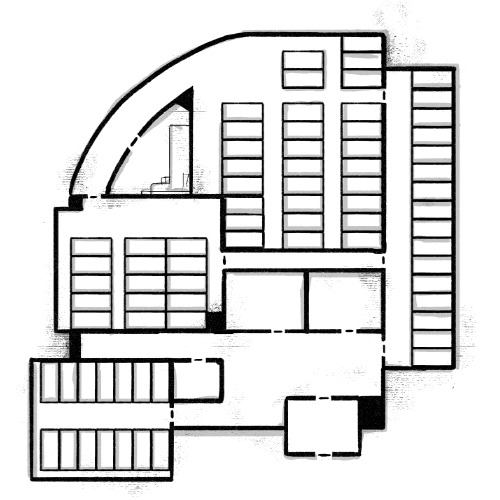
The Location Pad
21 contributors
Concept: “The Punks dash through a random door when chased by SecOps? Need a location for their next heist? The Location Pad got you covered with 34 random locations peppered with plot hooks and loot.”
Content: A collection of common locations for Cy_Borg missions, each with a map and relevant tables to generate details about it (purpose, room contents, NPCs likely to be there, etc.).
Writing: Half of the location’s tables are written by a different contributor, so there is often considerable difference in style and detail on those pages–but the entire document concisely packs tons of imaginative inspiration into each potential seed, hook, and thread.
Art/Design: Each page consistently provides a space for GM notes, a set of relevant tables, and a map of the location (mostly an overhead view, with some exceptions)–all in black-and-white with clear headings and list item numbering.
Usability: Crisp, clear font choices and layout make for incredibly easy reading and use–a couple of rolls or choices allow for fleshing out of a location when immediately needed or as part of a more leisurely planning pace.
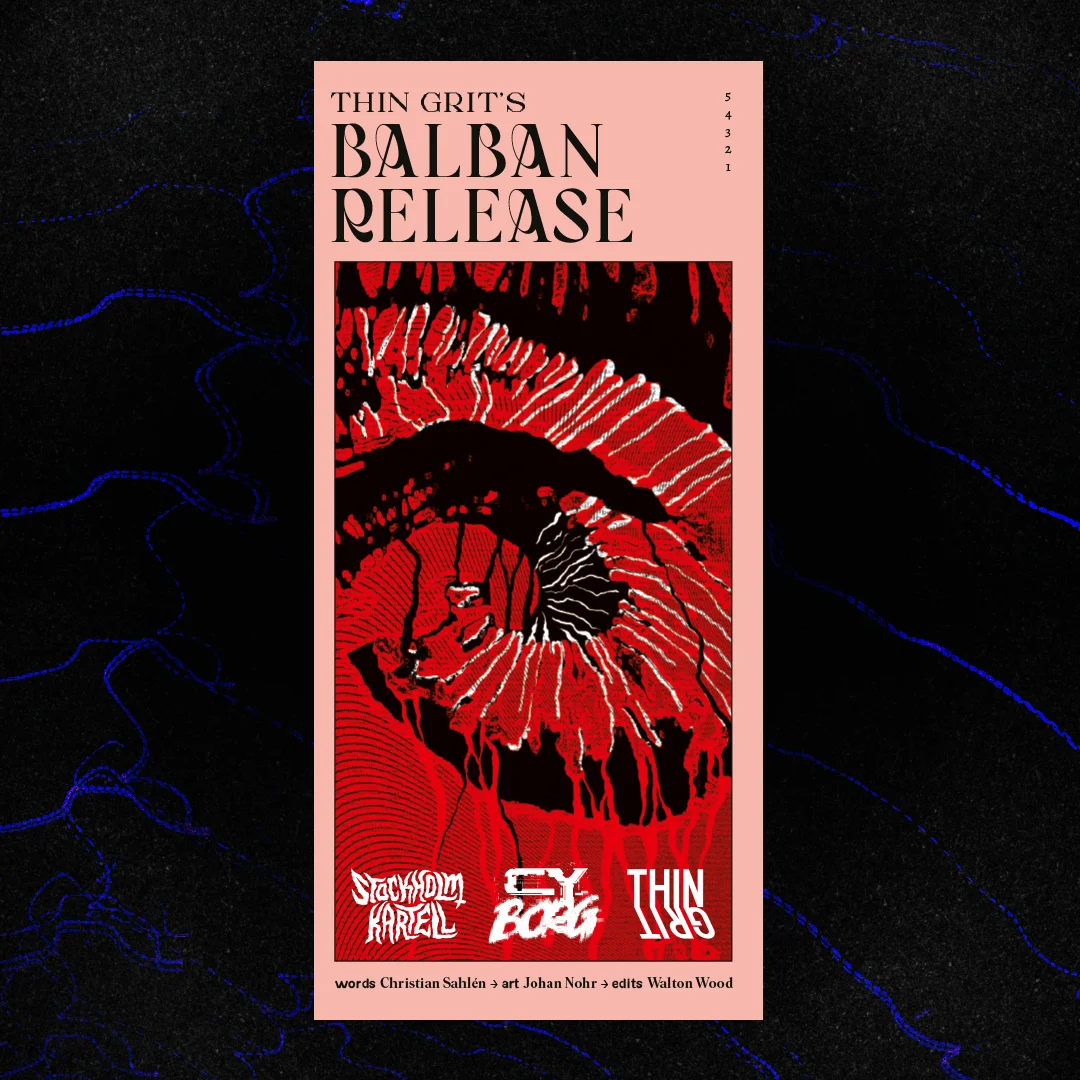
Thin Grit's Balban Release
Concept: “TG Labs is planning some kind of release event. Disrupt it. Embarrass them. Make it a scandal! Can you do that?”
Content: A sabotage operation on behalf of a disgruntled ex-employee.
Writing: Crisp descriptions and explanations of mission locales, potential complications, NPC specifics, and conditions for success, all of which create a range of potential for a GM and their table.
Art/Design: Trifold pamphlet with nitial details and an overhead map of the job location appear on the inside folds, and NPC and complication/aftermath details on the outside panels.
Usability: Available only in print form. Font and background color choices indicate different kinds of content throughout the supplement, with headings/labels visually distinct from the body text. Organization of material allows for easy reading and comprehension of mission specifics from first to last panel.

Thoughts & Prayers
8 contributors
Concept: “Thoughts and Prayers is a zine by Stockholm Kartell made for the 2023 convention season. It includes stuff for all our games; MÖRK BORG, CY_BORG, DEATH IN SPACE, SKR and some system-agnostic material. But there are also things like album reviews, essays and short stories, thoughts, ideas and takes. 100% of the benefits are to be donated to Direct Relief.”
Content: A smörgåsbord of content for Cy_Borg–some specifically for the game, some that could be used for it or others–that ranges from a location/adventure (Sprawling Car Park) to tables/generators (e.g., “Who else is in the pub when the brawl starts?”) to NPCs (emergency response teams) to medieval weapons to injuries/afflictions to short fiction about living as a corp drone. There’s a lot more than that, too.
Writing: Every page oozes the Stockholm Kartell house style(s) that makes a reader want to use all that they can in their next game.
Art/Design: Black-on-white color scheme in a printed zine format with illustrations throughout.
Usability: Available only in print format. Table of contents at the beginning of the zine makes it easy to locate info throughout, with a consistent header/footer with page content credits and page numbering to help clarify not only where a reader is in the zine but also whose work they’re looking at.
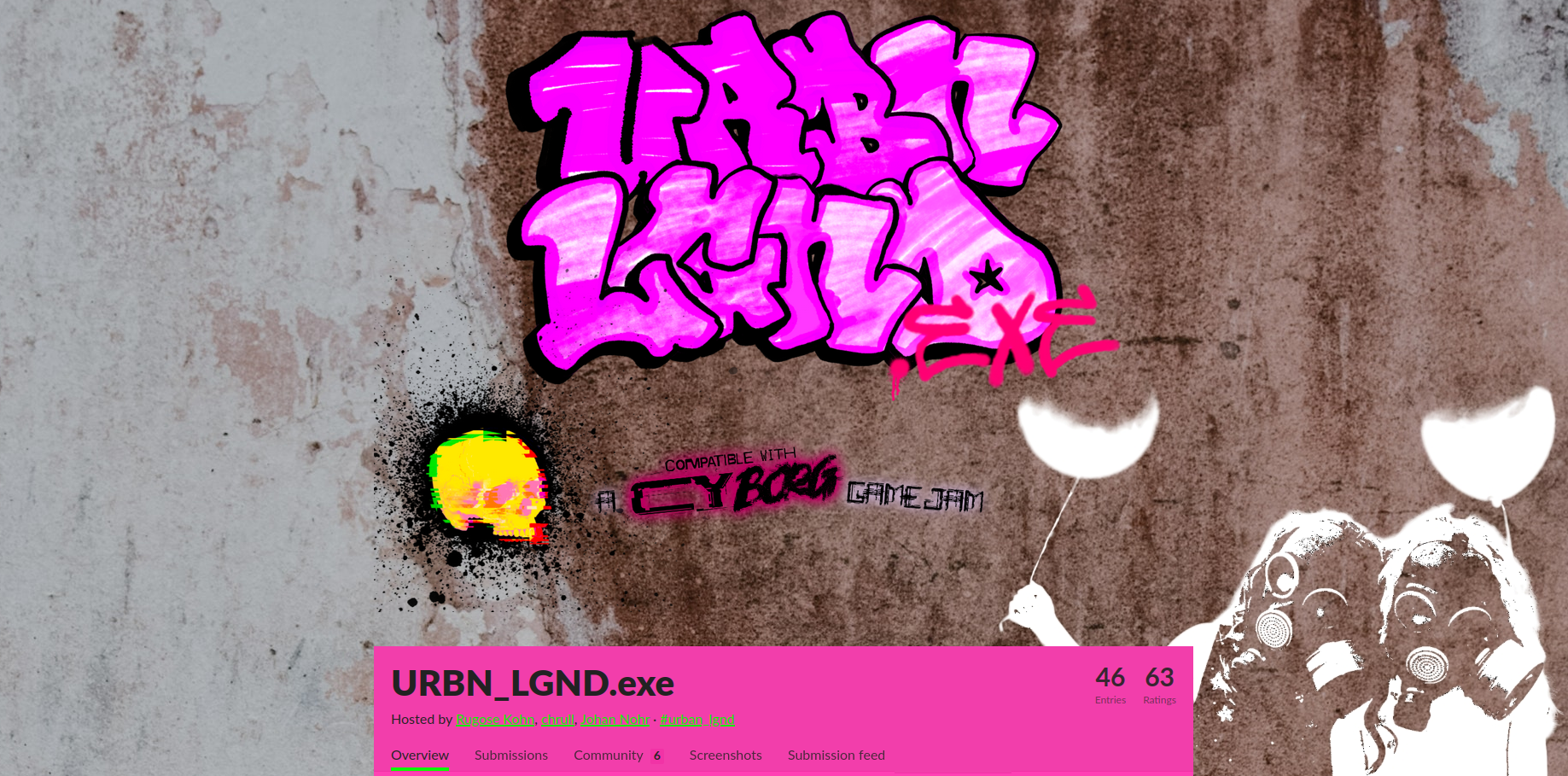
URBN_LGND.exe
Concept: “Urban Legends, the undercurrent of our cultures and personal narratives, a shared imagination that shapes our worldview. From Florida Man to Area 51, the illuminati to cryo-frozen billionaires; these are the stories and whispered secrets we tell to amuse and frighten ourselves. But what happens if our world's lore collides with the desperate city of CY? What new conspiracies are born, what new abominations draw breath? URBN_LGND.exe is a third party compatible game jam that asks YOU to CY_BORGify your favorite urban legend.“
Content: A variety of supplements–gigs, creatures, classes, optional rules, and beyond–reflecting various urban legends that might be (un)known to the punks that try to survive in CY.
Page 1 of 1